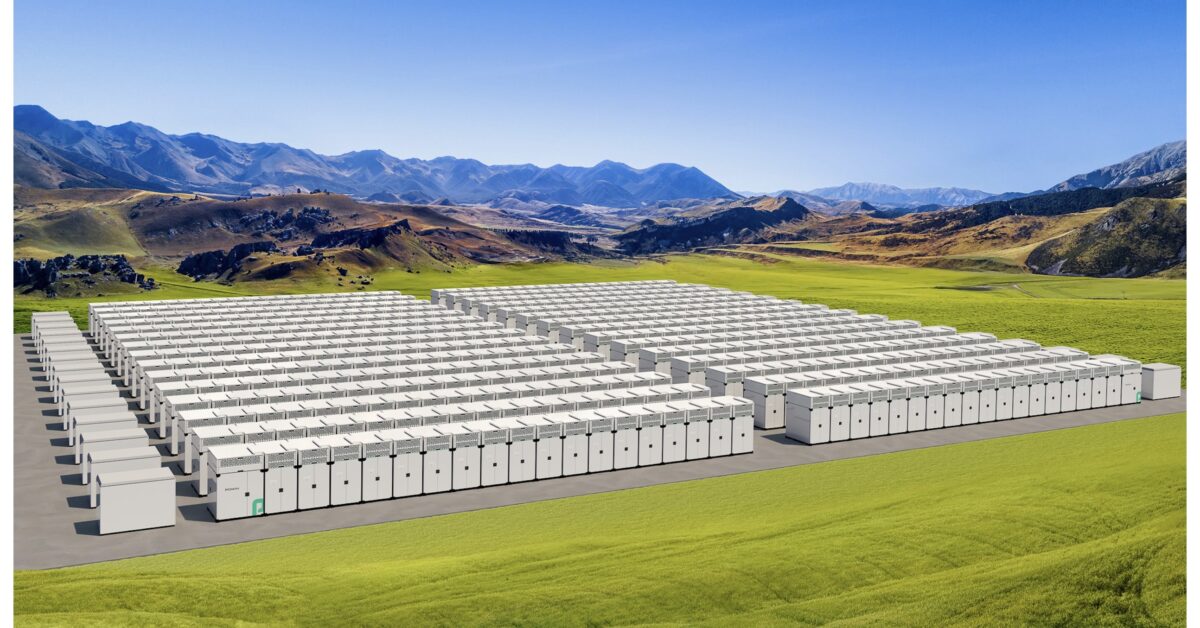Long-duration energy storage (LDES) technologies, paired with renewables, could shrink global industrial greenhouse gas emissions by 65%, a new report from the LDES Council and Roland Berger has found.
These technologies can be used to support firm, renewable electricity for off-grid applications, and can reduce the cost to decarbonize certain fossil fuel-powered industrial processes, according to the report.
Long-duration energy storage is likely to be a key component of a highly-renewable grid, and the U.S. Department of Energy (DOE) estimates the country could need between 225 GW and 460 GW of the resource to achieve a net-zero economy by 2050. The agency categorizes the technologies into four segments – up to four hours of storage, or short duration; inter-day, which provides 10 to 36 hours of storage; multi-day, which can extend to 160 hours; and seasonal shifting, which exceeds that. The LDES Council represents 70 members across 19 countries, and is focused on the acceleration of long-duration energy storage.
Long-duration electric and thermal storage technologies can be used to “firm” wind and solar for off-grid use, meaning renewable energy can be used to decarbonize certain industrial processes currently powered by fossil fuels, the report said. The technologies are already economically attractive to allow off-grid facilities to switch from diesel to this firmed renewable energy – even without carbon incentives, according to the report
The report acknowledged that currently, there is very little deployment of long-duration storage technologies in hard-to-electrify sectors, like steel and cement. This is due to integration requirements for electric technologies to support high temperature, radiative heat needs in these industries, the authors said.
However, these technologies “can already reduce emissions in these sectors by enabling those industrial users to take advantage of intermittent renewable generation for their round-the-clock electricity needs, and accessing CO2-free heat supply and recovery waste heat for lower temperature processes,” according to the report.
Industrial carbon emissions comprise around a quarter of annual global greenhouse gasses, and are growing by 2% every year. In fact, the demand for industrial heat is expected to grow by 34% between 2019 and 2040.
However, allowing these technologies to reach their full potential will require a series of policy interventions, including technology support, long-term market signals and revenue mechanisms. The first category could include things like grants and incentives, while the second would include things like carbon pricing, procurement targets for long-duration storage and phasing out fossil fuel subsidies, the report said.
And then once you have long-duration resources on the grid, or they’re going to be on the grid imminently, the question is “how do you make sure that they’re compensated, and how do you make sure that the value that they bring to the grid is recognized?” said Gabe Murtaugh, director of markets and technology with the council.
These could include measures like long-term bilateral contracts for balancing or ancillary services, or building out capacity markets, according to the report.
“Obviously this is a very high-level list – the devil tends to be in the details on some of these, and there are a lot of efforts the LDES Council is working on…” said Murtaugh.
This content is protected by copyright and may not be reused. If you want to cooperate with us and would like to reuse some of our content, please contact: editors@pv-magazine.com.








By submitting this form you agree to pv magazine using your data for the purposes of publishing your comment.
Your personal data will only be disclosed or otherwise transmitted to third parties for the purposes of spam filtering or if this is necessary for technical maintenance of the website. Any other transfer to third parties will not take place unless this is justified on the basis of applicable data protection regulations or if pv magazine is legally obliged to do so.
You may revoke this consent at any time with effect for the future, in which case your personal data will be deleted immediately. Otherwise, your data will be deleted if pv magazine has processed your request or the purpose of data storage is fulfilled.
Further information on data privacy can be found in our Data Protection Policy.